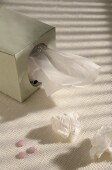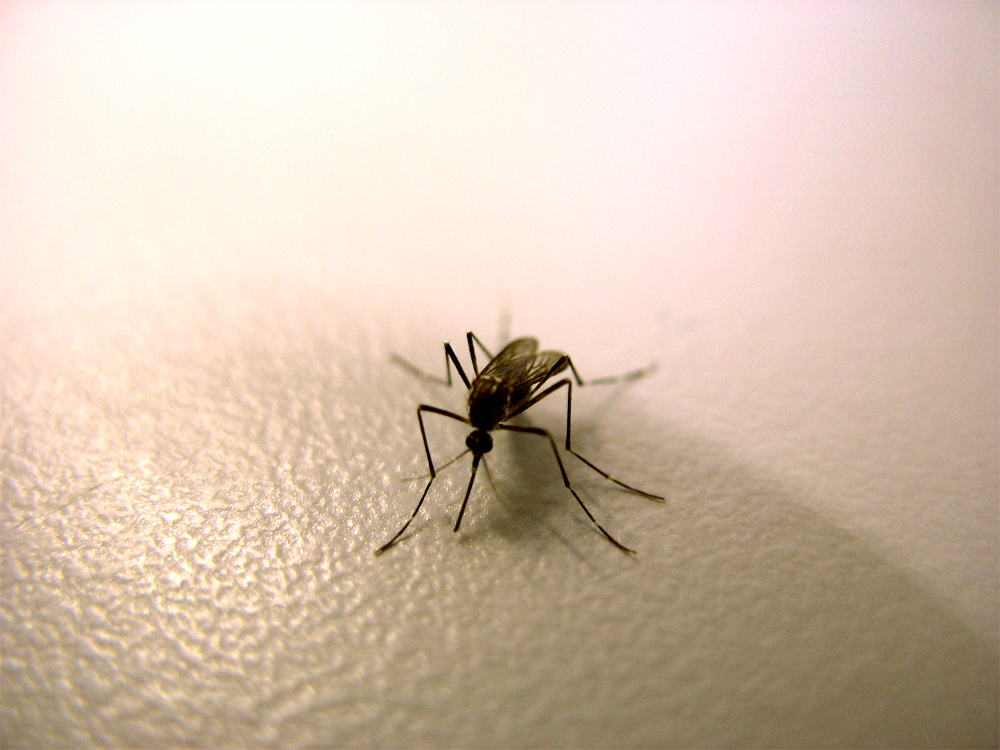
THURSDAY, Feb. 28 (HealthDay News) — As the flu season continues to pack a punch for some Americans, new research suggests there might be a simple way to reduce the risk for infection in an indoor setting: hike up humidity levels.
By raising indoor relative humidity levels to 43 percent or above, investigators reported that they were able to quickly render 86 percent of airborne virus particles powerless.
The finding is reported in the February issue of the journal PLOS One by a team led by John Noti, a senior service fellow with the U.S. National Institute for Occupational Safety and Health’s Health Effects Laboratory Division at the U.S. Centers for Disease Control and Prevention in Morgantown, W.V.
To assess the role of humidity in flu transmission, Noti and his colleagues relied on mechanized mannequins and tissue cultures rather than actual humans.
Placed in a tightly sealed and disinfected model of a hospital examination room, a coughing mannequin served as a flu patient and was outfitted with aerosolized viral solution. The viral solution was projected into the air via five mechanized “coughs,” spread out over one-minute intervals.
At the same time, a breathing mannequin (serving as a caregiver) was set to face the coughing mannequin at a distance of a little less than 7 feet. The breathing model was programmed to inhale in sync with the coughing, and aerosol samples of inhaled air were collected at various points around the mouth of the caregiver for up to five hours post-coughing.
Throughout testing, humidity levels were adjusted from a low of 7 percent relative humidity to a high of 73 percent.
The result: the team found that when humidity levels were set to 43 percent, only 14 percent of the virus particles that were released were able to transmit the influenza virus, compared with a transmission rate of 70 percent to 77 percent in a relatively low-humidity environment (23 percent).
What’s more, the protective impact of higher humidity levels appeared to be rapid, with the majority of viral inactivation taking place within 15 minutes of when viral particles were first “coughed” into a high-humidity environment.
The study authors cautioned that it remains to be seen whether humidity adjustments can undermine infection risk as effectively in a real-world setting.
If confirmed, however, the protective impact of humidity levels of 40 percent and above probably would be of the most practical benefit in hospital settings, where the ability to protect medical staff by strictly regulating humidity levels would be most feasible.
“I totally buy this,” said Dr. Marc Siegel, a clinical associate professor of medicine at NYU Langone Medical Center in New York City. “It’s very hard to prove that lower humidity increases the risk of transmissibility, but it’s not surprising because the reasoning makes sense, which is that droplets fall to the ground in high humidity because water travels on dry air, not on water. If you combine airborne viral droplets with water droplets, they fall.”
Dr. Philip Tierno a clinical professor of microbiology and pathology at NYU Langone, agreed.
“It’s a well-understood phenomenon that moisture prevents the movement of germs, as it does, for that matter, bio-terror weapons like sarin gas and other chemicals,” he said. “They combine with moisture and become heavy, and even drop.”
“This is not surprising from a scientific standpoint,” Tierno added. “And 45 percent relative humidity is not a lot. It’s at the 70 percent level where you get discomfort. But 45 [percent humidity] does not make you feel uncomfortable.
“The problem,” he said, “is that in the wintertime, when the virus is most likely to spread, it’s very difficult to maintain 45 percent humidity because you have to compete with all the dry heat that’s being pumped in, which means that typically you’re talking about rooms that have a relative humidity of 20 percent, if you’re lucky.”
“That’s why it would be difficult to use this approach in a residential space, unless you seclude the patient to one room and use room humidifiers that are large enough to handle the space in question and keep the doors closed,” Tierno added.
More information
For more on influenza, visit the U.S. National Institutes of Health.

